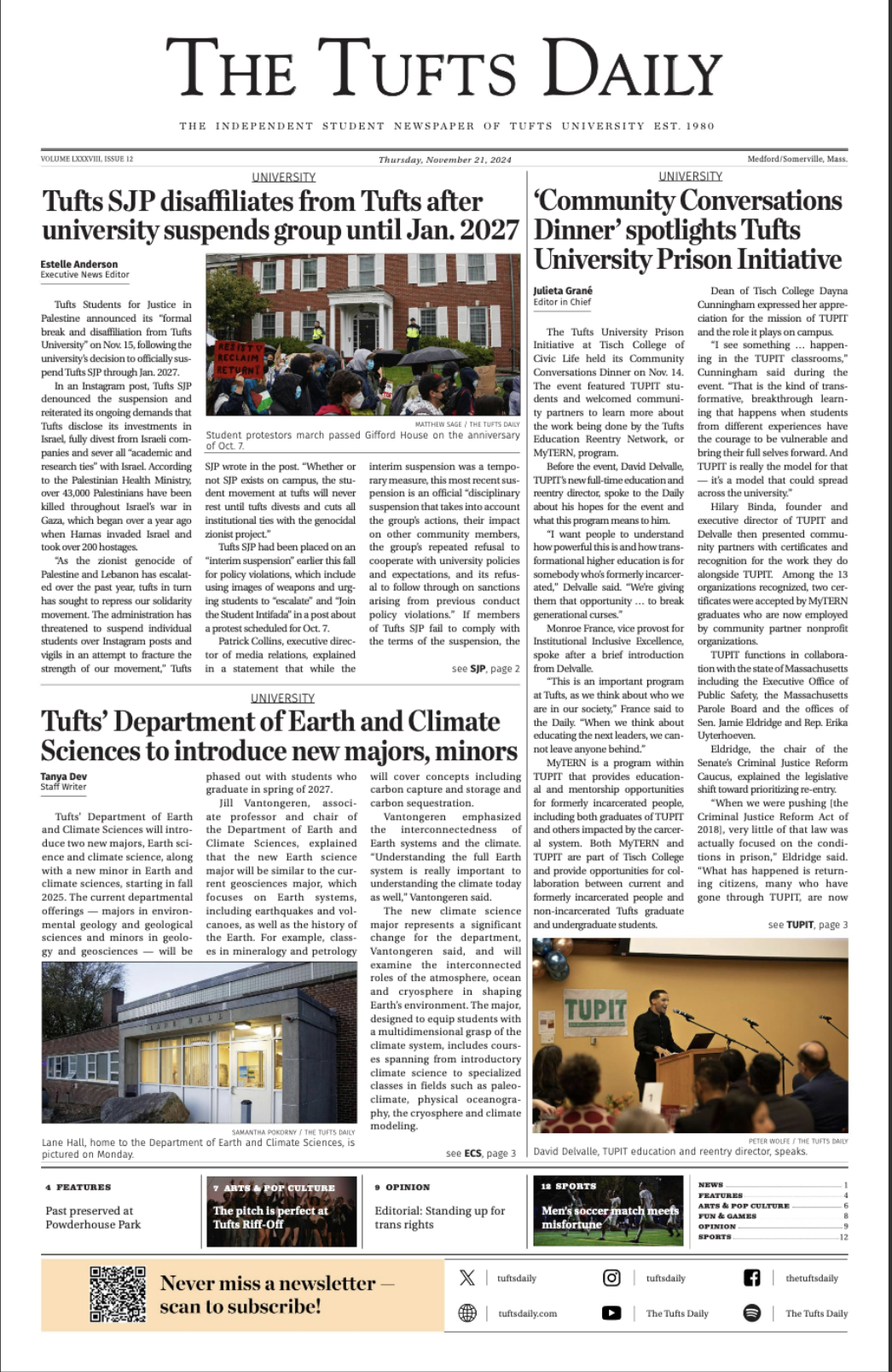A sea of Egyptian red holds its collective breath as midfielder Mohanad Lasheen steps up to the spot. After a slightly stuttered run-up, his shot is saved as Senagalese goalkeeper Edouard Mendy who dives confidently to his right. Now the score reads 3–2 Senegal, and with a chance to win it, a chance to conquer the continent, up steps Senegal’s talisman, Sadio Mané. Time stood still, as did the ball he so gently placed on the penalty spot. A swift glance at the sky, followed by the referee’s whistle, and Mané had scored, striking the ball powerfully past the outstretched glove of Egypt’s goalkeeper Gabaski. As the net bulged, the Lions of Teranga charged the field, engulfing their star player as their tricolor flags waved proudly into the night. Mané had done it, but amid the euphoria, he hadn’t forgotten his Liverpool teammate, Mohamed Salah, as the pair embraced. Mané’s brilliance as a player and a man had led him to glory at the Africa Cup of Nations (AFCON), but his quest for this crown has been a long journey in the making.
Born in Bambali, a tiny village tucked 400 kilometers southwest of the capital Dakar, Mané grew up playing football on the streets, at times using grapefruits, cans and even stones as balls. In his documentary “Made in Senegal” (2021), Mané explains how becoming a farmer was the only path out of extreme poverty in the area. Poverty, however, couldn’t stand in the way of the beautiful game. As a child, Mané followed older players from the local village team who inspired him to begin playing.
During the 2002 FIFA World Cup, Senegal shocked the world by making the quarterfinals and surviving a daunting group stage that included Uruguay, Denmark and France. Mané recalls Senegal’s 1–0 victory over defending champions France with his hero El-Hadji Diouf leading the attack. Seeing the Senegalese side challenge on the world stage lit a spark for Mané — his dream felt attainable. He, too, dreamed of wearing the green and white jersey. One morning while working the fields, he promised his uncle Ibrahima Touré that he’ll make sure that one day he won’t have to work as a farmer. His uncle laughed in disbelief.
Mané’s first major setback came with the loss of his father. Just seven years old, Mané heard the news from a cousin while playing on a communal field. The tragedy shook Mané to his core, as he worried about his mother and struggled to accept the situation.
At 15, Mané was widely considered the best in his region and began representing his village club. His friends nicknamed him “ballon buwa” — “ball wizard” — as his magical dibbling dazzled local crowds. Mané’s family members were the imams, people who lead prayers in mosques, and weren't supportive of his footballing obsession. To truly blossom and have a shot at his dream, Mané knew he had to leave Bambali. After convincing his family and promising his mother to continue his studies and remain a devout muslim, Mané left for Dakar with his uncle.
Far from home, in a city that dwarfed Bambali, Mané was thrown into the deep end. In a trial showing at Dakar’s foremost academy, Mané remembers being questioned about his boots and shorts, both of which were torn, but he didn’t care as long as he got to play. Once on the ball, he outshone everyone. After joining M’Bour, a club south of Dakar, Mané caught the eye of scouts at Generation Foot, a club known for cultivating young Senagalese talent. With ties to French club Metz, GF has produced several African stars beginning in 2000. Emmanuel Adabayor was one of these talents, as the Togolese forward went on to represent the likes of Arsenal and Manchester City.
In 2011, Mané signed for Metz. Upon arrival, the young striker wanted to send a picture to his mother but didn’t own a phone, let alone a camera. He saw a photographer and asked him to take a picture but famously asked if the picture would be free. In his first season, Mané scored just once and Metz were relegated. The following season, Mané was sold for a record fee of 4.4 million euros to Austrian club Red Bull Salzburg. After two seasons, Mané had contributed 45 goals and 32 assists, and his name began drawing headlines. In 2012, he represented Senegal at the Olympics in London, falling short at the quarterfinals, which drew further attention from Europe’s top five leagues.
After two successful seasons, Mané transferred to English Premier League club Southampton for 10 million euros in early September 2014. Expectations were high on the back of his performances for Salzburg, as the Senegalese was the Saints’ main signing alongside Belgian defender Toby Alderwield from Atlético Madrid. In the 2014–15 season, Mané scored 10 goals, most famously setting the Premier League record for the fastest ever hat trick, completing it in two minutes and 56 seconds against Aston Villa. The following season, Mané scored 15 goals in all competitions as Southampton finished sixth, only three points behind Manchester United.
As Liverpool manager Jürgen Klopp assembled a new squad of hungry players, Mané fit his template perfectly. Having signed a five-year contract for 34 million euros, Mané joined Liverpool on the cusp of the club’s arguably most successful era. In his six seasons at Anfield, Mané has formed a lethal trio with Mohamed Salah and Roberto Firmino. His pace, deft touch and eye for goal have left veteran defenders on their knees. Now both a Premier League and Champions League winner, Mané sits at the table alongside the greatest African players to grace the sport.





